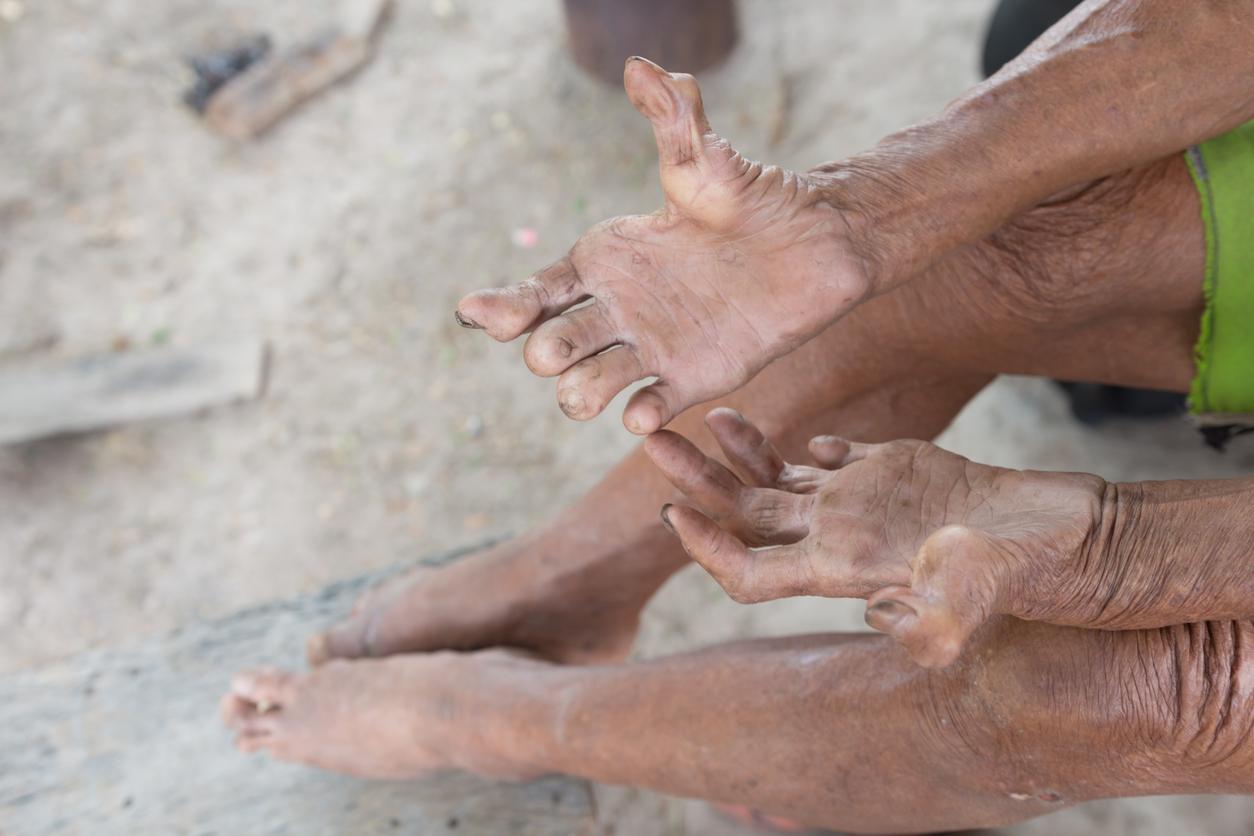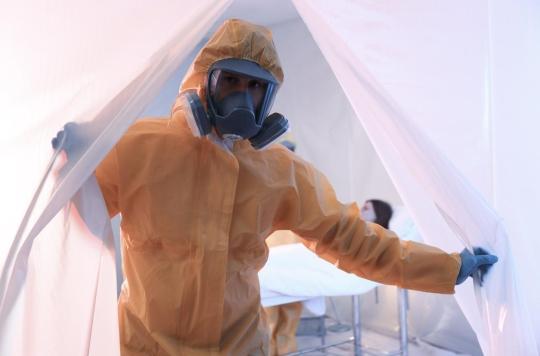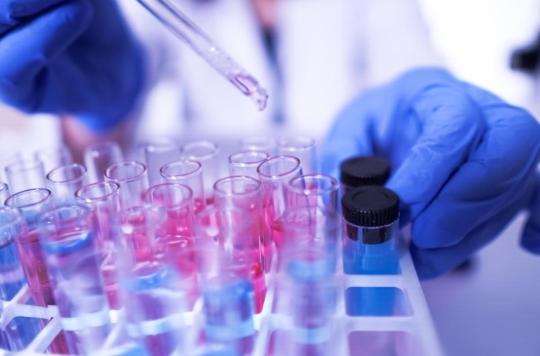Leprosy still affects a hundred countries in the world, remind the associations on the occasion of the 63rd World Lepers Day.

Leprosy is not a disease of the past. Although it no longer exists in France, “it still affects 19,000 children under the age of 15 around the world,” notes the Raoul Follereau Foundation. In 2014, nearly 214,000 new cases were detected, according to the World Health Organization (WHO), or one case every two minutes.
This infectious disease, caused by the bacillus Mycobacterium leprae, mainly affects the skin, peripheral nerves, the lining of the upper respiratory tract as well as the eyes. This bacteria multiply very slowly and symptoms may not appear for 20 years.
In the past, the sick suffered from paralysis and infirmities. Many had to be amputated. But since the 1980s, these consequences are less and less frequent today. The sick too. “In the past 20 years, leprosy has been eliminated in 119 of the 122 countries where, in 1985, it was considered a public health problem,” says the WHO.
Therapeutic progress
This progress has been made thanks to the antibiotic cocktail made up of 3 drugs. Administered as soon as the first symptoms appear, it destroys the pathogen and cures patients between 6 or 12 months. In two decades, more than 14 million patients have been cured.
Today, researchers are trying to develop new drugs that are less restrictive and require a shorter treatment period. The development of a vaccine and the improvement of screening tests are also under consideration.
All this research is supported by associations such as the Raoul Follereau Foundation or the Order of Malta, also thanks to donations collected during quests.
Psychological stigmas
In this treatment of the disease, the psychosocial aspect is also to be taken into account. Lepers, even cured, are marked for life by this disease. Stigmas which are an obstacle to consultation and treatment. “The image of leprosy needs to be changed globally, nationally and locally. A new environment, where patients will not hesitate to come and seek diagnosis and treatment, regardless of the health center, ”insists the WHO.
Leprosy still present in a hundred countries https://t.co/48prZjHHNW #World Day @RaoulFollereau pic.twitter.com/7I3FxRZc0a
– Pourquoidocteur (@Pourquoidocteur) January 29, 2016
.















